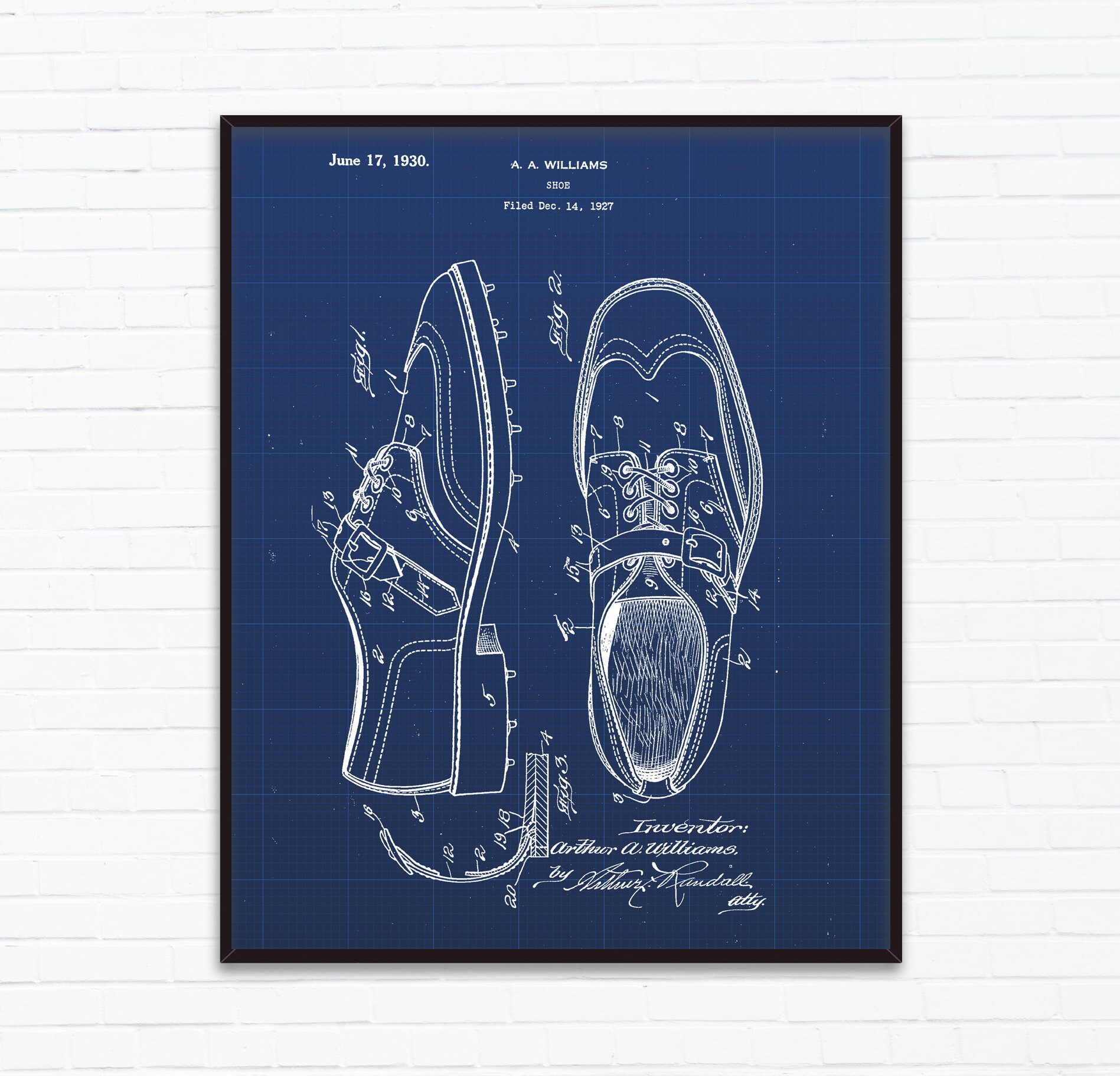In the world of patents where words form the basis for protection of intellectual property There is a second world of imagery that plays an equally crucial role. These include sketches and drawings for patents. A picture is worth 1000 words in the traditional sense, as the saying says. In this case it is true that a top-quality patent illustration is worth even more.

The need for clarity and precision is crucial when it pertains to patents. Clarity and precision are essential when it comes to. Patent applications are packed with technical jargon as well as lengthy descriptions of inventions. This makes them challenging to decipher for the average person. Drawings for patents are essential. They serve as a visual link between the technical aspects of an invention and its clear presentation.
Imagine that you’ve developed an innovative device that has many elements. You’re looking to secure your Intellectual Property. An unwritten description might not be sufficient to convey your invention’s complexities. Here is where a carefully constructed illustration of your patent can help. It provides an image that is in line with the written description, offering a clear, concise, and clear description of your idea.
Behind every great patent design, there is an illustrator who has the innate talent of bringing concepts to life using visual art. They aren’t just artists, but professionals who are educated to translate complicated ideas into visual forms.
Illustrators involved in patents play a significant function in ensuring that the invention is accurately represented. They must be able to comprehend the technical aspect of an invention in order to transform them into graphics that can be understood by patent examiners and lawyers. Illustrators can provide the most effective visualization of an invention whether it’s a physical device or chemical formula.
The precision of draftsmen
While illustrators bring an artistic flair to patent drawings, draftsmen bring precision and accuracy. Draftsmen, the unsung heroes in the patent industry are the ones who strive in order to produce drawings that adhere to strict guidelines established by the United States Patent and Trademark Office and other patent offices across the world.
Draftsmen excel in creating technical illustrations that meet the specifications of patent applications. They must be meticulously elaborate, accurately labeled and conform to the standardized formats prescribed by the patent office. It’s not only about the aesthetics of their work. they must also make sure that all rules are followed.
Wide Range of Services
Patent drawings and illustration services cover a wide range of offerings to cater to the diverse requirements of inventors and businesses as well as intellectual property professionals. Here are a few essential services that are offered in this domain:
Utility Drawings The drawings are vital to show the essential aspects of an invention, showcasing how it works and how it’s constructed.
Design Drawings: When it comes to protecting the aesthetic or decorative elements of an invention, drawings for design are important. They focus on the appearance and aesthetics rather than functionality.
Trademark Illustrations. If a company wants to safeguard the logos of their brands and trademarks illustrators will design trademark illustrations that capture what is essential to the brand’s identity.
Trade Dress Drawings: Similar to trademark drawings Trade dress drawings focus on the distinctive visual aspects of a packaging or product to help businesses protect their distinctive style and look.
Patent drawing services include photo cases and more: When real-world photos are necessary to demonstrate an idea or invention, they may be included into the patent application.
Navigating the Strict Guidelines
Making patent drawings isn’t an undertaking to be undertaken lightly. The USPTO and other patent offices have strict guidelines that must be followed. These guidelines define the format dimensions, sizes and styles of patent illustrations, ensuring uniformity across all applications.
For instance, drawings should be black and white, with shading used sparingly and uniformly. To ensure consistency and understandability line thickness along with labeling and numbering have to be in line with specific guidelines. If you do not follow these guidelines, it could cause delays in the approval process for your patent application or rejection.
Conclusion
The interaction between images and words is vital to the success of patents. Patent illustrations and drawings are employed to transform written descriptions into an easier to comprehend and understand form. They are the work of skilled professionals like draftsmen and illustrators who translate complex ideas into visual representations.
Illustration and patent services are valuable to inventors seeking to protect their creations or businesses that want to safeguard their brand’s image. These services include a variety of services including utility drawings and trademark illustrations that ensure all aspects of innovation are effectively illustrated.
Patent drawings’ artistic illustration goes beyond aesthetics. It’s about communicating complicated ideas with clear, concise images that can be useful in patents. The power of a well executed patent drawing is undisputed in this world, where successful patents can make the difference between success or obscurity.